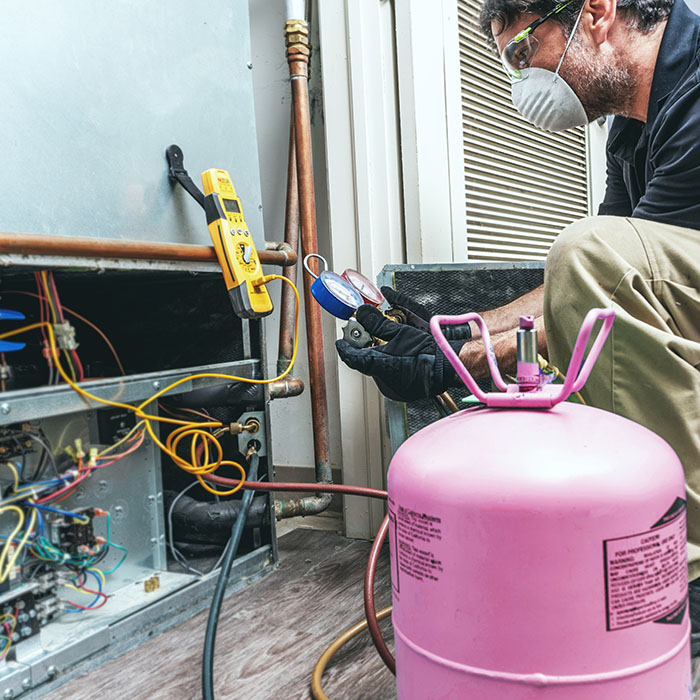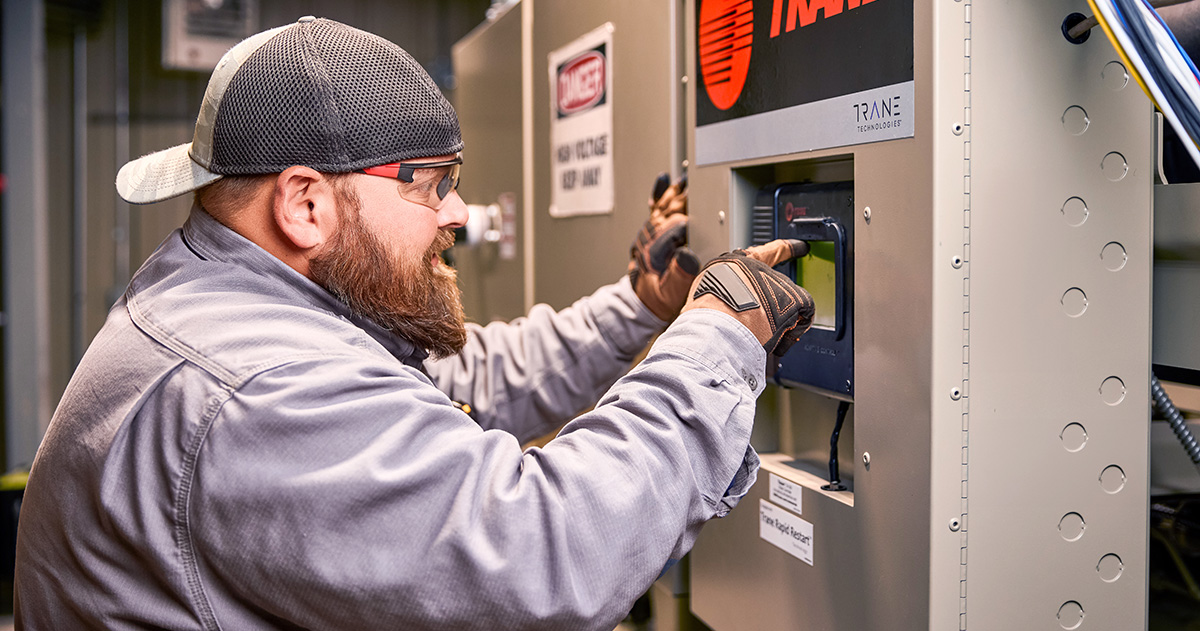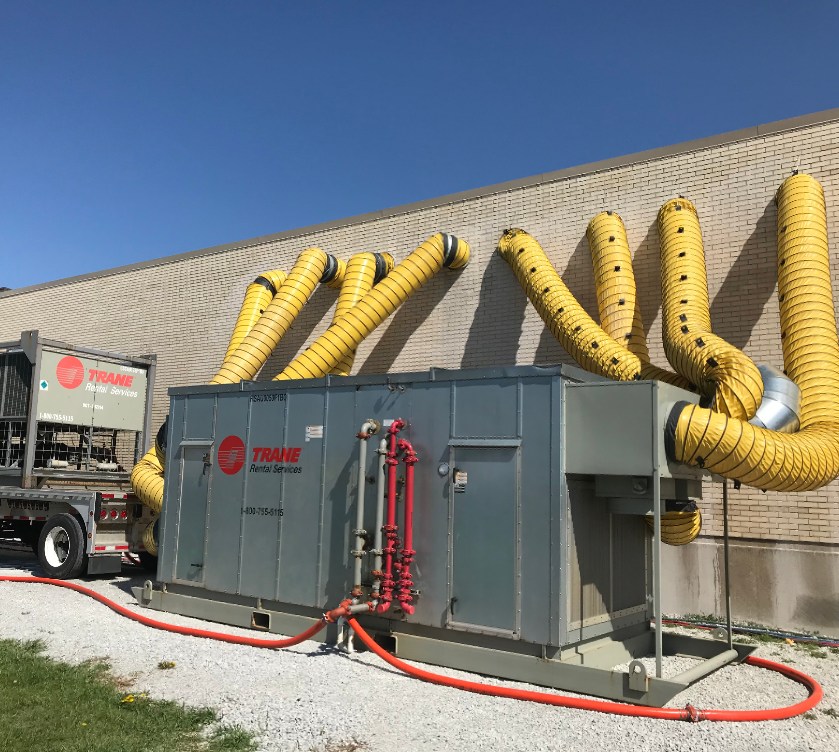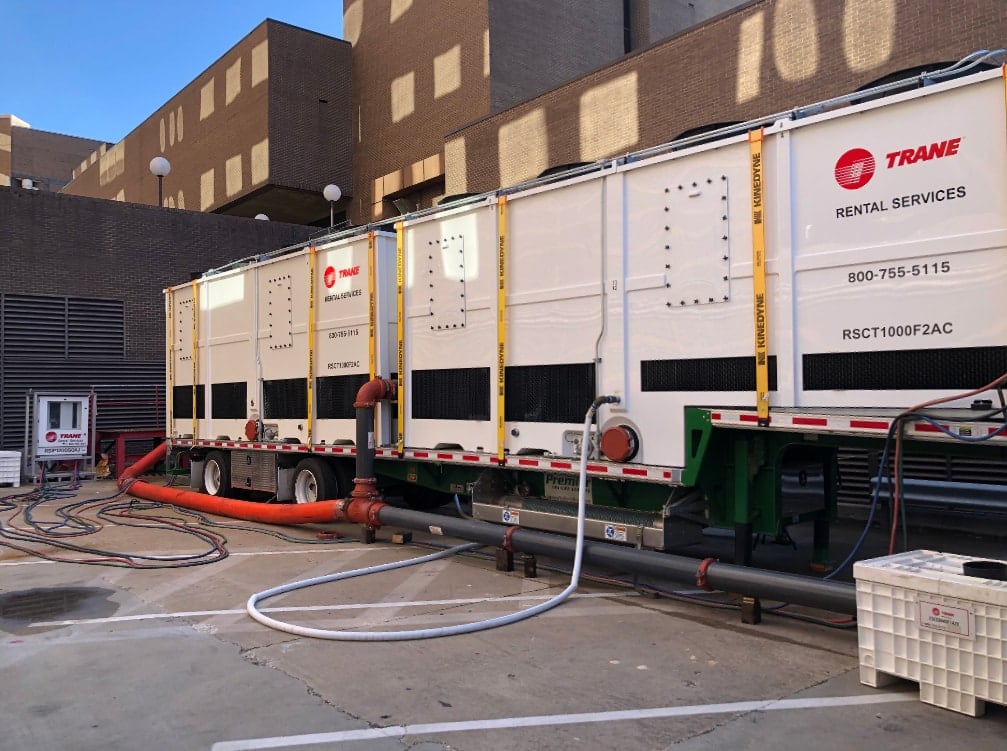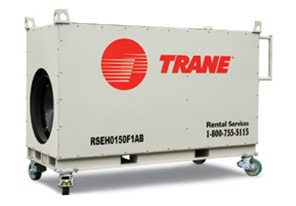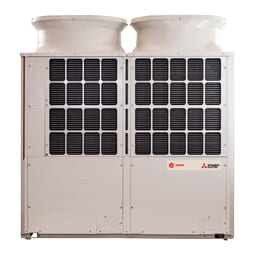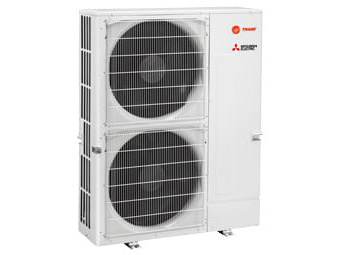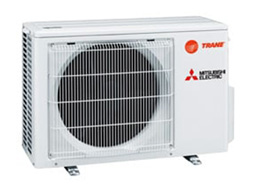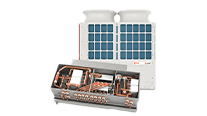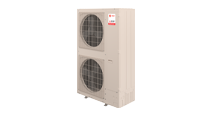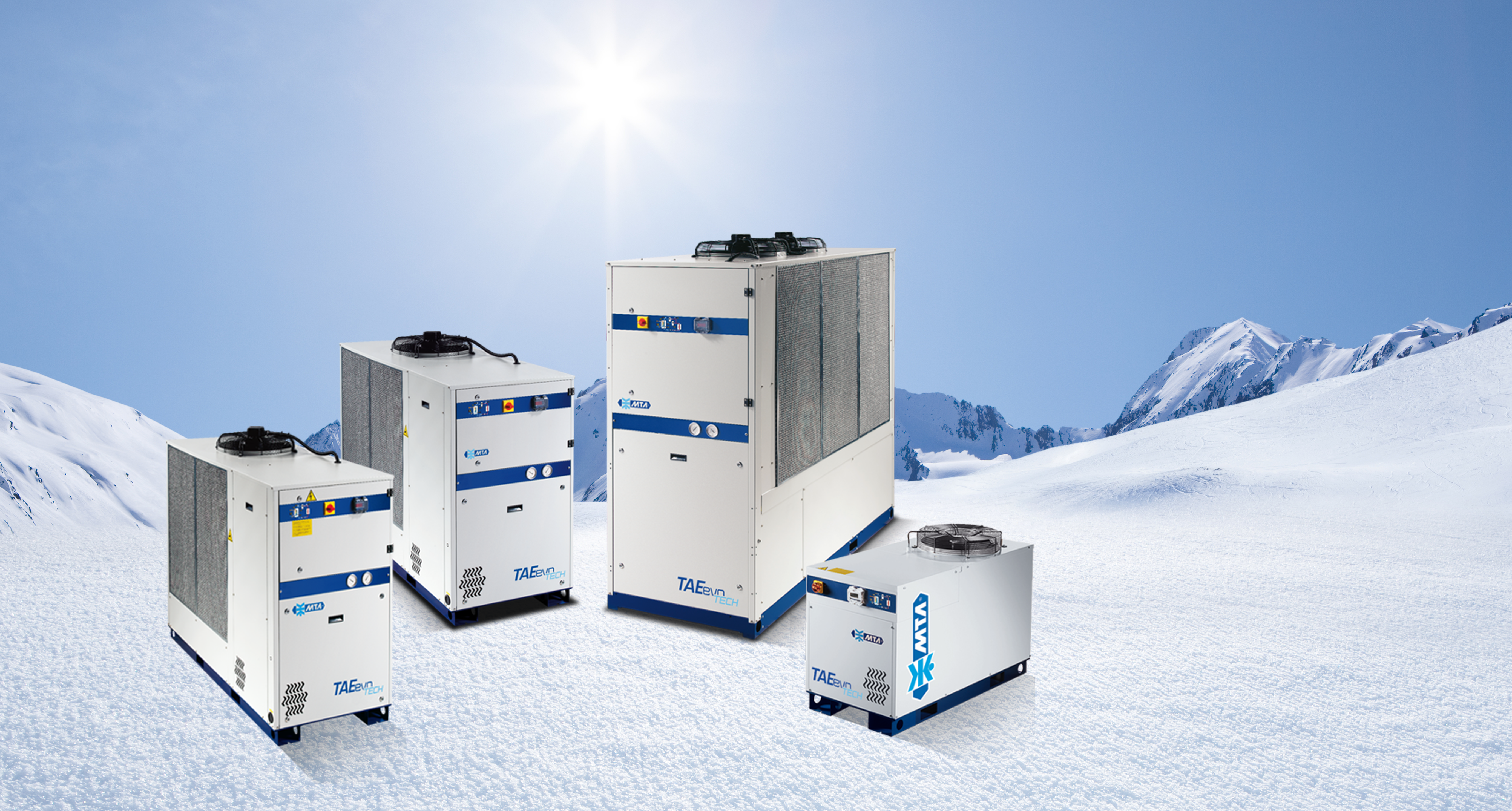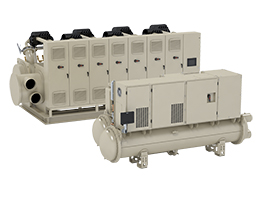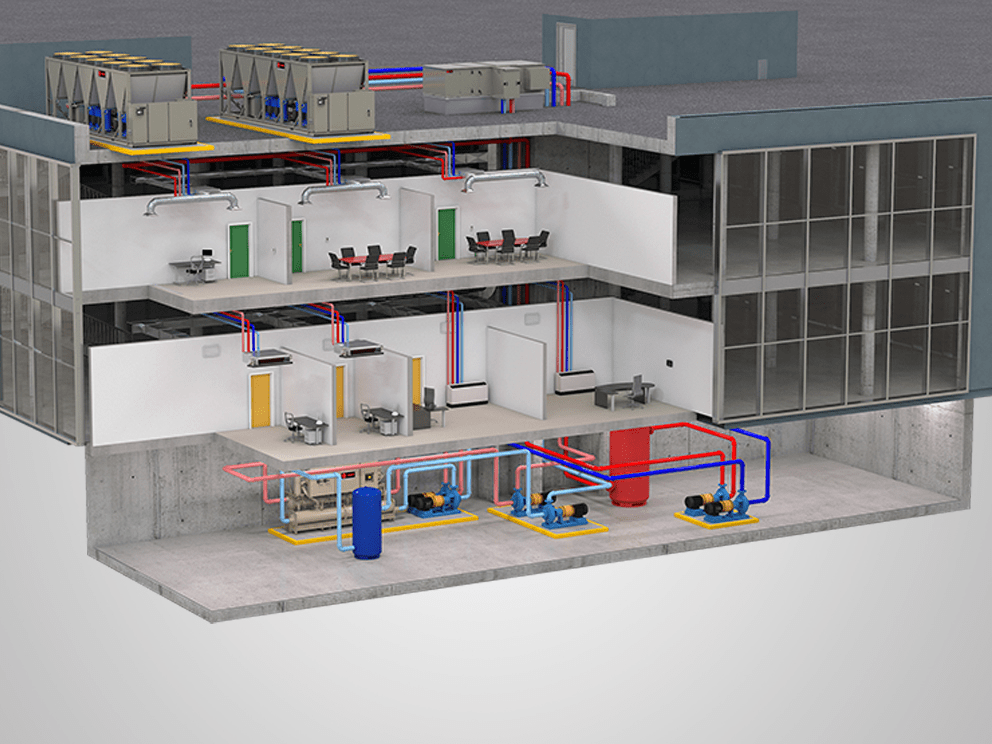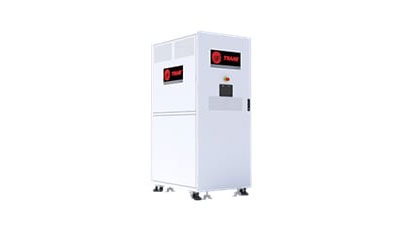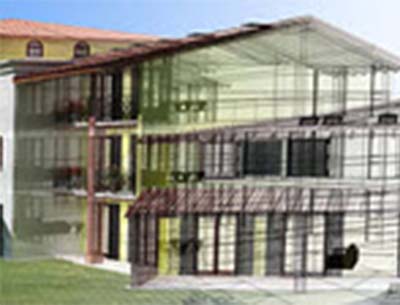Thermal Storage Systems Give Building Owners Ultimate Flexibility
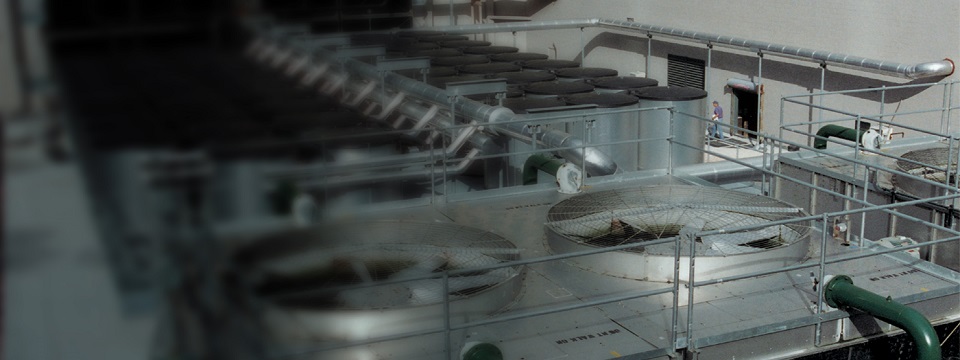
One of the biggest challenges building owners face is contingency planning. Hurricanes, floods, tornadoes and acts of terror are just some of the disasters that make lasting physical, financial and emotional impacts on buildings and their occupants. The long, painful process of replacing power, water and cooling infrastructure leaves the front page after a few weeks. Months or years later, owners face the difficult tasks of reviewing systems and creating or improving their contingency plans.
Emergency power sizing, peak-demand utility charges, power blackouts and brownouts all are driven by cooling, so it only makes sense that we look to the cooling system for solutions. Roughly half of a building's electrical costs occur during peak-demand periods. Buildings need the flexibility to operate during periods of high demand and through voluntary and involuntary outages. But it is unrealistic to install enough emergency power generation to run the entire cooling system. Other desires include reserve cooling capacity, cooling system redundancy and low-load turndowns. Phased construction and core and shell projects present unique challenges to cooling system designers.
Thermal energy storage is one solution to many different problems. Its cost is very attractive and typically better than any of the alternatives.
Types of thermal storage systems
Chiller-based thermal storage systems run the chillers at night when energy prices, cooling loads and outdoor temperatures are lower. These three combine to make the cost per ton-hour of cooling lower at night than during the day. During the day, melted ice cools the building, leading to significant savings on utility bills.
Due to the phase change and unique properties of water, thermal energy is usually stored in ice, although stratified chilled-water storage is also used. Air-cooled chillers are ideal for making ice, because they experience a bigger efficiency improvement at night, and they typically use a compressor designed for more difficult duty. Water-cooled centrifugal chillers specifically designed for ice-making duty are used for larger projects and for chilled-water storage.
Many system designers recommend excess capacity or oversized chillers, which leads to higher initial and maintenance costs. By moving some of the system redundancy into thermal storage rather than excess or oversized chillers, systems using air-cooled chillers with ice storage have increased emergency cooling capacity with competitive or lower first cost, and lower maintenance and water costs.
Benefits even when something bad doesn’t happen
Most solutions to a contingency problem don’t pay you back unless something bad happens. That’s not true of thermal storage systems. Shifting the hours of chiller operation lowers energy, water and maintenance costs. Building owners with thermal storage enjoy up to 30 percent operating cost savings. Buildings that have predictable peak power help the utility company manage resources, and monetary incentives encourage systems that provide that energy use pattern.
Environmentally focused owners use thermal storage to support sustainability goals and attract tenants. Shifting energy demands to off-peak hours reduces the burden on the power infrastructure and allows power companies to use the most efficient power plants to provide that power. The marginal, last power generated on a hot summer day is the dirtiest and least efficient.1 LEED® innovation-in-design and energy cost saving points, and higher Green Globes ratings can be earned by thermal storage.
Purchasing considerations
Chiller plants with ice storage are cost- and energy-efficient ways to reduce power demands and provide reliable cooling to tenants and processes. Building owners should select an experienced HVAC partner to help determine the right system for the space and application. Packaged systems with pump modules and user-friendly controls reduce risk and lead to more successful projects.
Susanna Hanson, CEM, DGCP, is a principal applications engineer for Trane in La Crosse, Wis. Her work involves chiller plants, building energy management, energy codes, thermal storage and distributed generation. Contact her at shanson@trane.com.
1 Northeast States for Coordinated Air Use Management. “High Electric Demand Day and Air Quality in the Northeast.” Environmental Protection Agency SIP Planning Information Toolkit. June 5, 2006. http://www.epa.gov/air/ozonepollution/SIPToolkit/documents/white_paper_hi-electric_demand_06052006.pdf
This article originally appeared in the May/June 2014 issue of BOMA Magazine.




